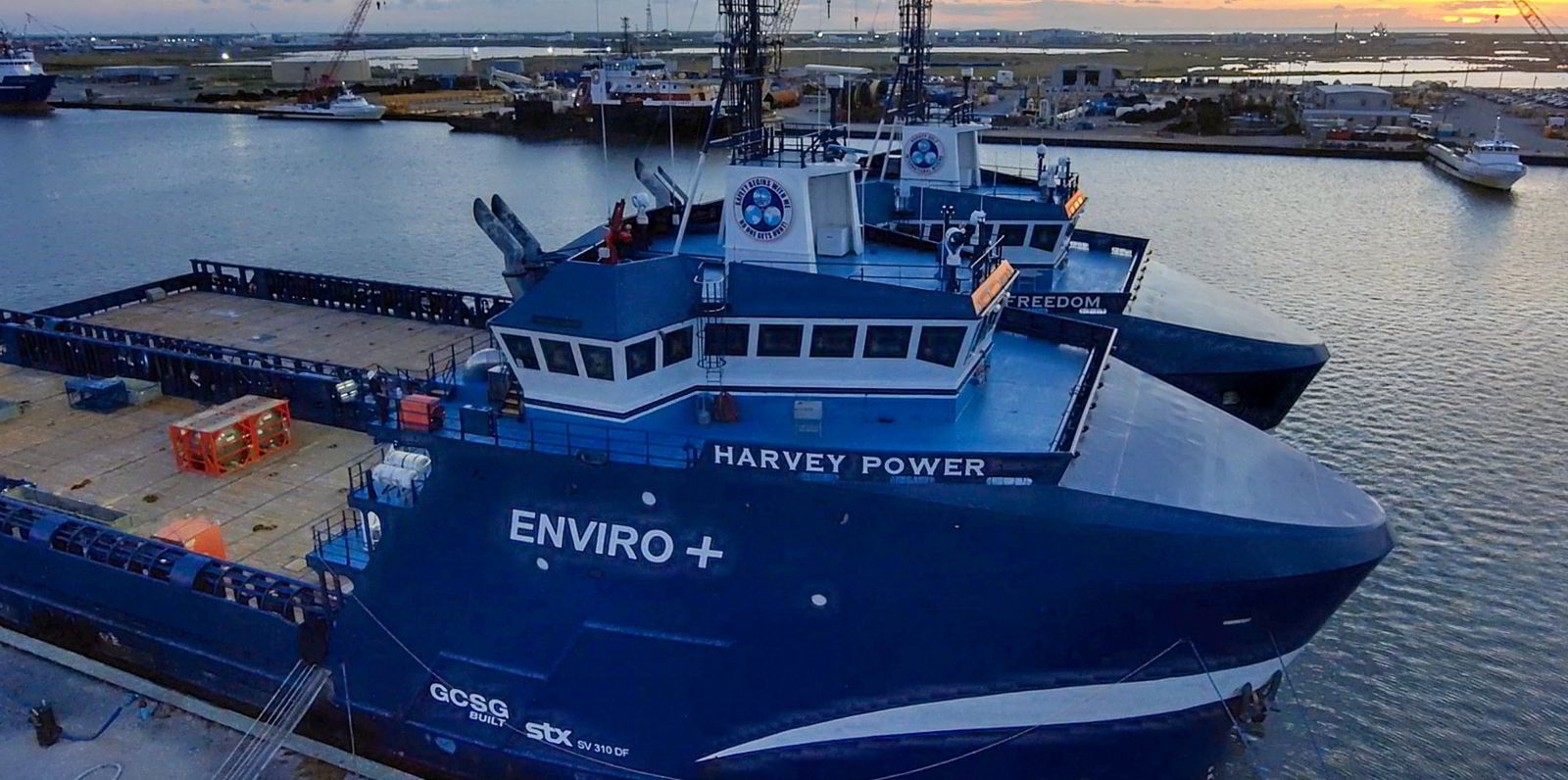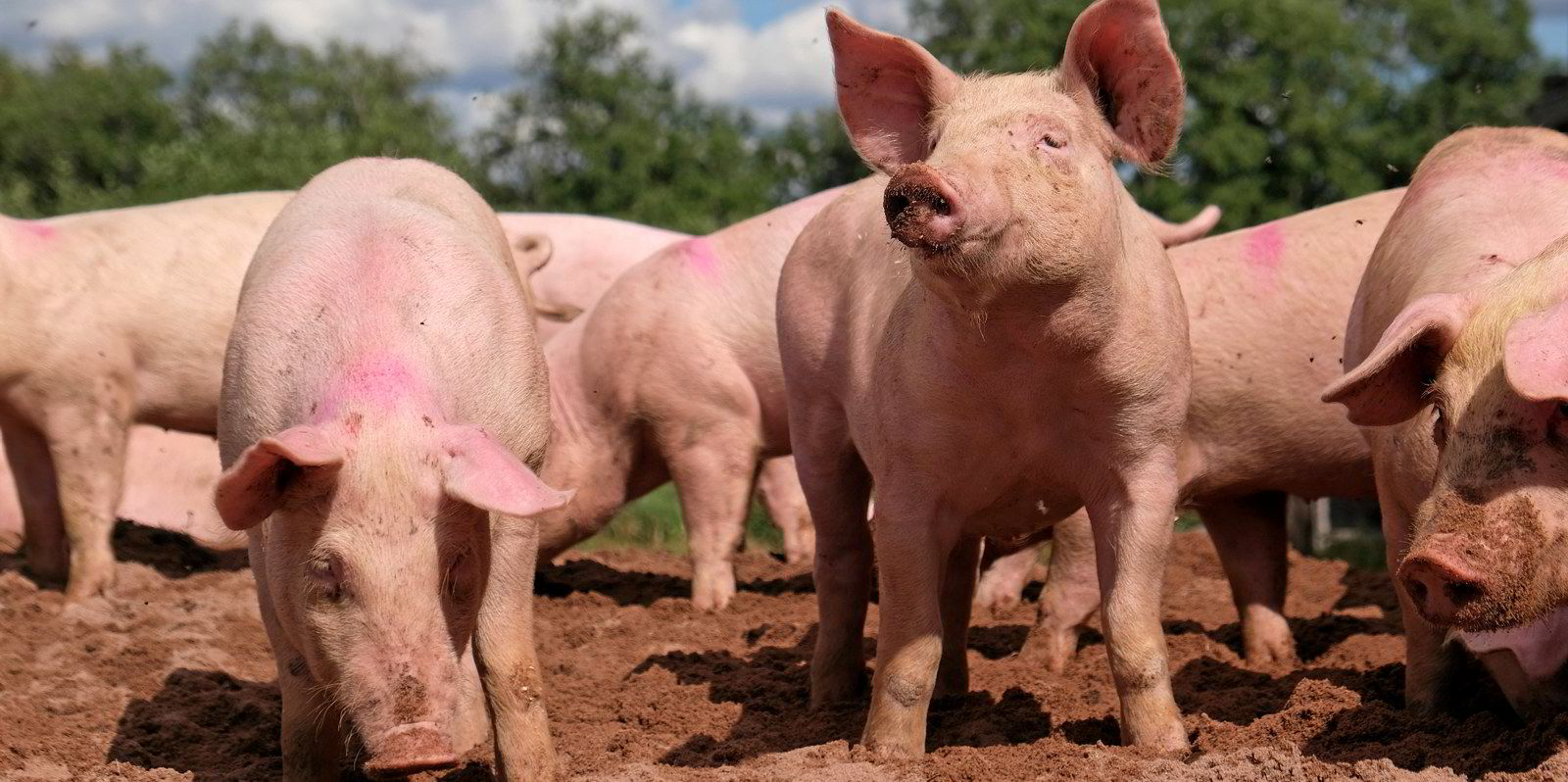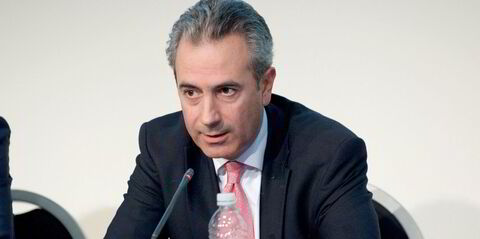Harvey Gulf International Marine has taken a multi-prong approach in its bid to reach net-zero greenhouse gas emissions.
The Louisiana-based offshore vessel owner started with a pioneering effort to build LNG-fuelled vessels to operate off the US Gulf Coast. The Shane Guidry-led company developed tri-fuel vessels that added batteries to the mix.
Teaming up with technology company SailPlan, Harvey Gulf also applied emissions monitoring to figure out how to operate its vessels in a way that minimises emissions.
The company then added the final ingredient: pig manure.
The Blue Sky Maritime Coalition said Harvey Bulk has achieved net-zero well-to-wake emissions in operations of a platform supply vessel by dropping bio-LNG derived from swine waste into its fuel mix.
Dain Detellier, vice president of LNG bunkering and sustainability strategies at the offshore vessel owner, described the effort as a successful project, although he said the biofuel came with a high price tag.
“When you’re looking at sustainability and the ESG movement in this country, if you really want to be true to it ... this is the most sustainable fuel that we have available,” Detellier, who is also chief operating officer at LNG bunkering company Q-LNG Transport, said.
After all, agriculture is a larger source of global methane emissions than fossil fuels, with most of that coming from livestock.
“So we eliminate the number one methane emitter, by taking the gas out of the system, using it and running it through an engine. There’s nothing more green,” he said.
Blue Sky, an industry coalition aiming to foster zero-emission shipping, said the company’s bio-LNG was certified at about negative 450 grams of CO2-equivalent emissions per megajoule of energy.
But Harvey Gulf’s effort comes as LNG faces scrutiny because methane — the fuel’s main component — is a more potent greenhouse gas than CO2, particularly on nearer-term time scales, and can be released on ships and in the upstream supply chain.
Proponents of the fuel argue that bio-LNG offers a pathway to net-zero emissions, particularly as ships burn fuel that would have otherwise been released as methane.
Guessing game?
But Liudmila Osipova, a researcher at the International Council on Clean Transportation (ICCT), said that without comparing methane emissions from manure in agriculture to the upstream leakage in fossil fuel LNG production, any comparison between the two industries is just guessing.
“If we look at the bigger picture, we won’t be able to produce enough bio-LNG from the available manure to cover our demands,” she said.
A report by ICCT, a non-profit research group, found the potential production of manure-based LNG is both small and expensive, and even if shipping used 100% renewable LNG, it would still lead to rising methane emissions, because of leakage both upstream and on vessels.
But Detellier said engine manufacturers have drastically reduced methane slip. And he said that by using emissions monitoring technology, Harvey Gulf has been able to optimise the operations of its PSV in a way that further minimised leakage of the molecule. Operating one engine at 80% load, for example, has lower methane emissions than operating two at 40%.
Months-long search
- Bio-LNG is considered nearly carbon-neutral because it is produced from organic waste flows, such as organic household and industrial waste, manure and sewage sludge.
- Synthetic LNG or e-LNG is renewable when e-methane is produced using renewable electricity and CO2, either from the air or renewable biomass.
- Both are identical to fossil LNG but are considered renewable as their upstream CO2 inputs make them carbon neutral on a well-to-wake basis.
Harvey Gulf spent several months working to secure its bio-LNG. It looked at several options, ultimately choosing waste from the hog farming industry rather than from cow manure because it has lower carbon intensity.
And to achieve that net-zero score in the carbon calculus, the company blended at a fossil fuel-to-biofuel ratio of five to one. Using the vessel’s battery also improves the emissions profile.
In a report on decarbonisation pathways for shipping, Blue Sky highlighted Harvey Gulf’s experience as an example of how shipping’s various sectors will take a variety of courses to net zero.
David Cummins, the organisation’s chief executive, said there is no Holy Grail fuel that is going to work for every vessel type and in every operating environment.
Even bio-LNG may not work in every situation, for example, because there is not an infinite supply of biomass to make the fuel. But synthetic LNG, produced with renewable electricity or nuclear in combination with carbon capture, could prove far more scalable.
And Cummins said Harvey Gulf’s approach is an example of how collecting data to better understand a ship’s operations, alongside a willingness to innovate and find creative solutions, can open the door to net zero.
“There’s value in data,” he said. “There’s value in just being curious, challenging your thinking.
“Without actually being curious enough to want to know what’s really happening, you’re never gonna get to net zero. You need that innovative thinking that’s fed by data analysis. You need to be surprised. You need to collect data that you don’t even think you need.”





